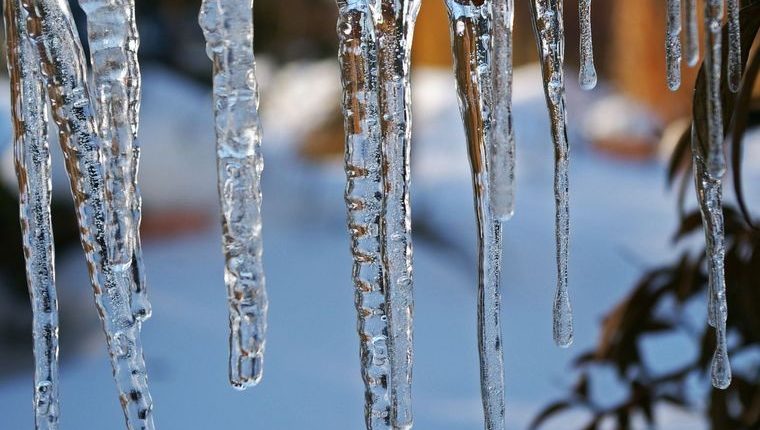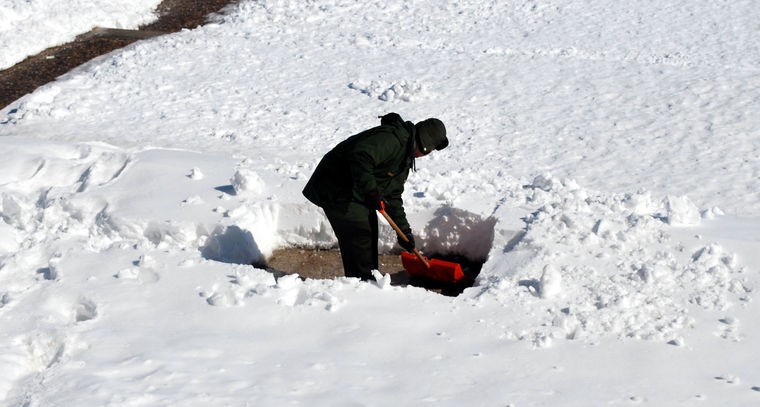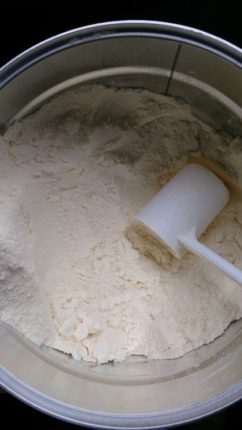The weather is beginning to warm up and the melting snowfall needs some place to go.
A lot of the water will be absorbed into the ground. But if it melts too quickly, the water will accumulate in areas with the least amount of resistance, such as a basement or downhill area. There are a few ways to help prevent flooding in basements and in turn keep the byproducts, such as mold, away from your family.
Keep your gutters clear: Gutters that haven’t been cleared of gunk or debris will not help guide water away from your home. Downspouts help divert water away from the foundation of your home. But if the water pools under the foundation of your home, it can change the leveling of your foundation and cause all sorts of problems in the future. The bottom line: clean gutters keep the water away from your home.
Check your pipes: A small crack can leak up to 250 gallons per day. Keep track of your water usage month to month. If there is a significant increase in water usage, there is a good chance there is a crack in your pipes. Plumbers are pretty reasonable when checking for broken pipes, so don’t hesitate to call them if you suspect a leak. To prevent pipes from freezing, you can leave a warm water drip on nights that have freeze warnings.
Fix foundation cracks: If your home has been around for a few years, there is a good chance that the foundation has settled a little and there might be cracks forming. Fixing these cracks can help protect your basement from flooding.
Window well covers: Many houses that have basements will have window wells to help focus the light into the underground areas. Even though these are aesthetically pleasing to those who are in the basement, it also tends to focus water to certain areas of the foundation. There are window well covers that are transparent and can help guide water away from the house without giving up light for the basement. They are reasonably priced and worth keeping your basement clear of water.
Location: Homes that are on lower elevations or near runoff areas are likely to have some sort of flooding. Sandbags can help direct the flow of water away from your house while keeping your basement dry. If you aren’t sure whether you are in a heavy flooding area, do some research to gain a better understanding of how water affects your area.
Moisture can affect your house in many ways. If you are aware of the ways to keep water away, you can keep your house nice and dry.
Flood hazard information can be found at www.pocatello.us/265/Flood-Hazard-Information. It is a helpful site that details the assistance to those who live in floodplain areas.



